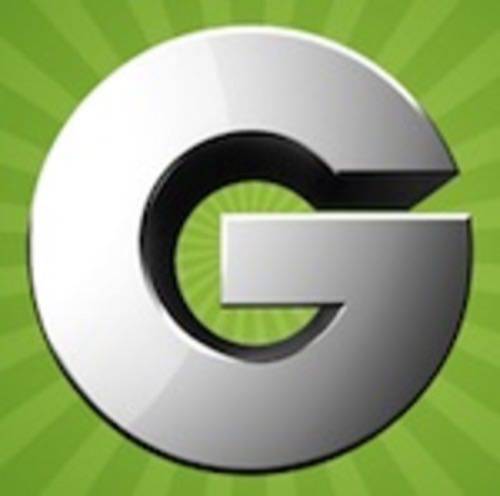Groupon has had a terrific ride. Since pivoting from a community action site, it has dominated the mindshare of Internet commerce. Its IPO filing with the Securities and Exchange Commission lays out a lot of that success, including growing from 3 million to 83 million subscribers in one year and generating nearly as much revenue in the first quarter of 2011 as it did in all of 2010.

But that, as they say, is past performance. The key question for potential investors is “How will Groupon do in the years ahead?” There, the IPO filing, doesn’t provide much guidance.
Here are five concerns I see.
Rakesh Agrawal is an entrepreneur focused on the intersection of local and mobile. He blogs at http://blog.agrawals.org and can be found on Twitter at @rakeshlobster.
Email Open Rates
Groupon certainly knows those numbers. It might have left it out of its filling, called an S-1, for competitive reasons, but it might also be because the numbers are declining.
National and Local Deals Split
In my observation of Groupon, it’s beginning to skew more toward national deals. That means lower margins as national merchants have the leverage to negotiate a better deal. Plus, there is a limit to the number of photo cards, mugs and custom T-shirts that someone can buy.
High Customer Acquisition Costs
Groupon points out that acquisition costs are a concern, but doesn’t provide actual numbers. Doing the math based on other numbers provided, I estimate the cost of a list subscriber at $6.40 and the cost of an actual purchaser at $26.50. That’s a big number for a business with few barriers to entry.
For Netflix, this number is $18.03 – but Netflix has a subscription business with recurring revenue. Groupon’s numbers should be lower than Netflix’. I estimate that in order for Groupon to be profitable on a customer, they need to sell three average deals.
Decline in Margin From March 2010 to March 2011
While Groupon clearly provides outstanding discounts to consumers at local businesses, the value to the merchant has been hotly debated.
Cost of revenue as a percentage of revenue was 54.8% and 58.1% for the three months ended March 31, 2010 and 2011, respectively. I would expect that costs of the deals will go up as Google beefs up competition, the economy recovers and a larger percentage of deals are national retailers who have more negotiating power. This will further reduce Groupon’s margins.
Reliance on Competitors For Growth
Google and Facebook are big channels for subscriber acquisition. If these providers choose to stop competitive advertising, it’ll constrain Groupon’s subscriber growth. Google just launched its Offers product in Portland. (This post was written at the first Google Offers venue.) Based on the initial set of merchants and offers, I believe that Google is aggressively subsidizing these offers. To the extent that Google continues to do this, it will put a lot of margin pressure on Groupon and other deal providers. Google’s product now offers merchants significantly more generous payment terms. If Groupon is forced to match those terms, it will put a constraint on working capital.”
Question of Value to Merchants
While Groupon clearly provides outstanding discounts to consumers at local businesses, the value to the merchant has been hotly debated. An example in the S-1 cites a business that sold Groupons and “more than half of the Groupons were sold to new customers.” That means close to half were sold to existing customers – a roughly 75% revenue hit on existing customers is something that merchants need to figure into their calculations.
In my conversations with merchants, they really resent seeing existing customers coming in with Groupons. If even 10% of customers using Groupon are existing customers of the merchant, that is a serious blow to the economics. (Anecdotally, I’ve seen some numbers as high as 90%.)





















